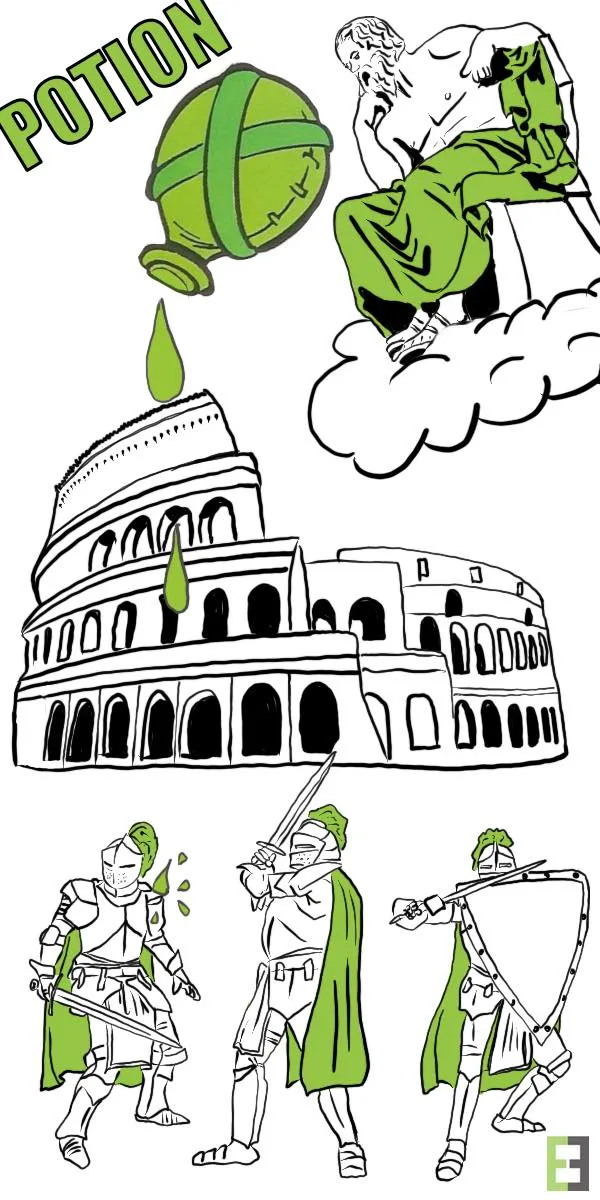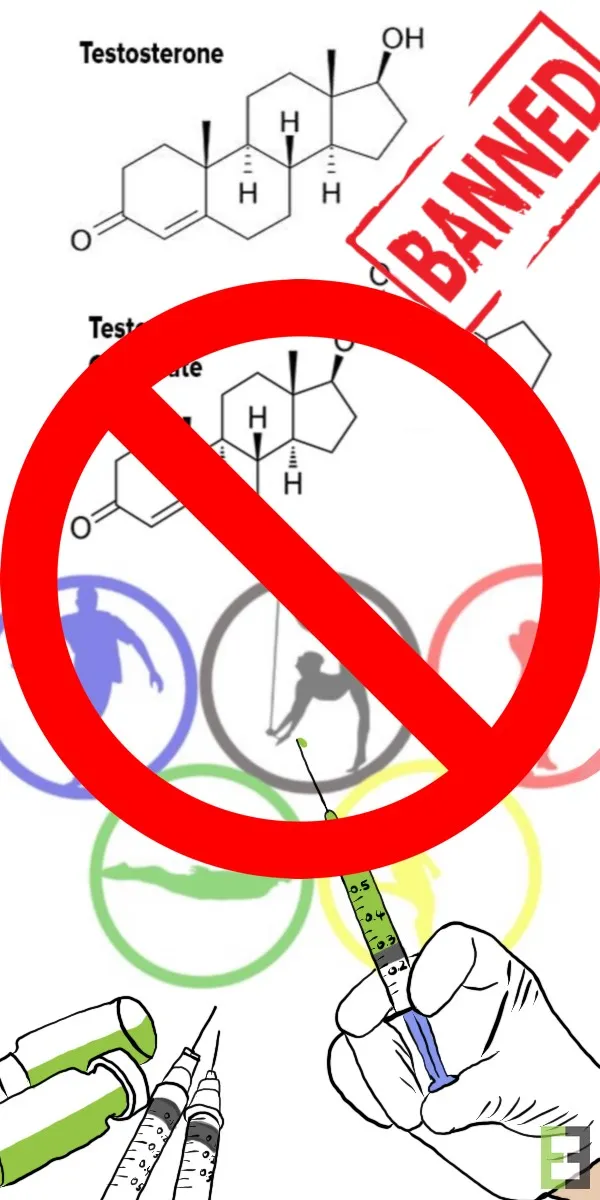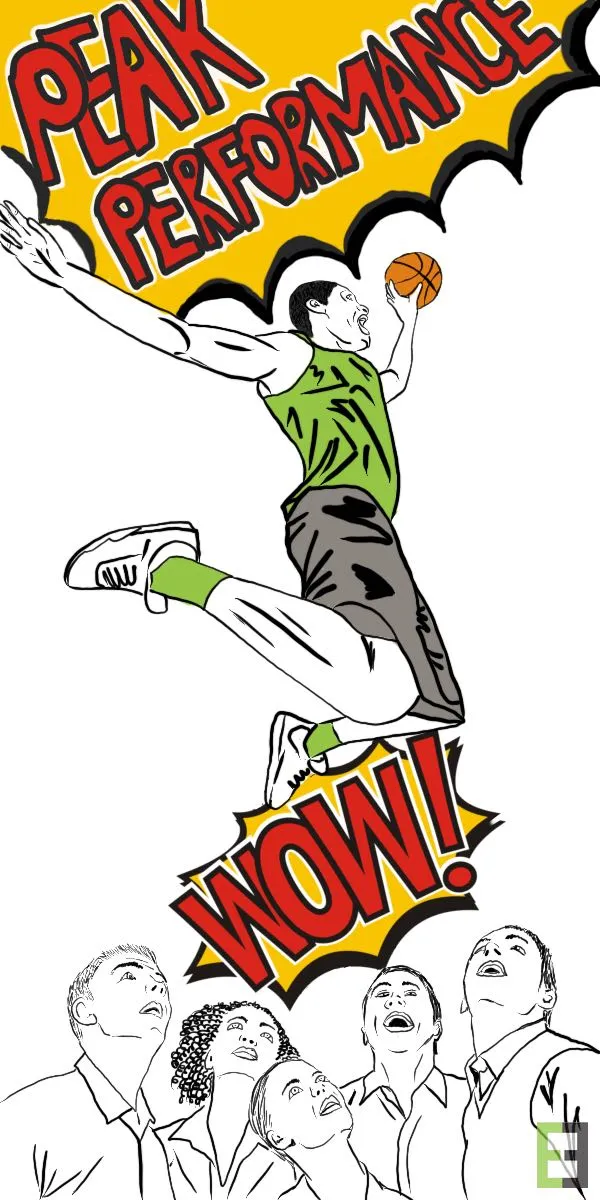
Ever wondered why your morning 'Cup of Joe' helps to get the day started? How about its potential effects on your athletic performance? This post will answer both these questions and more.

The use of stimulants, as performance enhancers, is not a recent occurrence.
The ancient Greeks, Romans and Medieval Knights used substances to gain an edge over their enemies on the battlefield. These ergogenic aids ranged from; sesame seed mixtures, brandy, and wine concoctions, to hallucinogenic mushrooms [10].
Nowadays, Caffeine (CAF) is the most widely used 'stimulating' substance on the planet [1]. The mass adoption of CAF is attributed to the many foods and beverages which contain it.
Some examples, of these consumables, are Coffee, Tea, chocolate, sodas, and candy [1].
CAF's relationship to sports:
Just like the ancient warriors, sportspersons have also looked for the edge over their fellow competitors. The use of these ergogenic aids, in sport, saw a massive spike over the last 40 years.
The diversity of substances has also grown to include anabolic hormones, selective androgen receptor modulators, and beta-2 agonists, among others.

The need to regulate the use of Performance Enhancing Drugs (PED's) became strikingly apparent, thus, the World Anti-Doping Agency (WADA) was founded on November 10, 1999 [3].
The purpose of this governing body is to maintain an ethical and fair environment for all competitive sports, worldwide [3].
Every year WADA evaluate and review all the know PED's and decide which ones to ban or allow in competition. CAF was deemed, a banned substance in competitive sport, by WADA, before 2004 [5]
WADA now permits CAF usage in competitive games, but, have included the drug in their ‘monitoring program,’ for 2018 [3].
CAF's effect on the body:
Caffeine is thought to up-regulate five different biological mechanisms, all of which enhance performance: [1]
Increase the availability of bio-active forms of calcium around the muscle. This mineral helps with the contractility of the fibers.
Increase the oxidation of Free Fatty Acids (FFA’s), which is said to preserve muscle fuel (glycogen) stores from being depleted.

CAF antagonizes the adenosine receptors.
Over the course of the day adenosine, is supposed to, naturally, accumulate in the brain. When this chemical reaches a high enough level, the brain senses a type of ‘sleep pressure.’ By blocking this sleep signal, CAF can artificially provide a sense of alertness, to the user [4].CAF also stimulates the bodies production of epinephrine, an adrenaline hormone, responsible for the fight or flight response [1].
Over and above CAF’s ability to interact with the central nervous system, the chemical also acts on the bodies opioid receptors, giving it the ability to reduce pain and inflammation.
These qualities have made CAF a popular additive in many pain and flu, over the counter, medications [1].
It is also important to mention that the liver metabolizes caffeine into three dimethyl xanthines, namely Paraxanthine, theobromine, and theophylline [4]. Theophylline relaxes the soft tissues of the lungs and acts as a bronchodilator[5][6].
It is for this reason that theophylline is used by asthmatic patients who suffer with, low level, chronic inflammation, of the airways.
These 'actions' would be desirable for performance in sport, but, CAF contains too little theophylline, per dose, to give the desired effect.
CAF's relationship to Sports Performance:

It was long believed that CAF lowers the bodies Respiratory Exchange Ratio (RER) to favor fat oxidation. This shift in metabolism was said to spare glycogen stores, which, in-turn, improves endurance potential.
Despite many direct and indirect testings of this theory, over the past few years, no definitive conclusion has been made [1][9].
Most studies, however, attribute CAF ergogenic effects to the enhanced ionic environment which it provides to skeletal muscle [9].
The increase in 'available calcium' allows for more muscular contractions, sustained over an extended period.
These stimulating effects, however, target the slow-twitch muscle fibers as opposed to their fast-twitch counterparts.
The enhanced effect on type I(slow-twitch) muscle tissue, make CAF a strong candidate as an ergogenic aid for endurance athletes [7]. These findings were verified, through a literature review on 21 studies, by [2], who found that CAF, on average, showed a 3.3 +/- 4.3% improvement in athletes endurance.
Two studies, as cited in [1], found that CAF also had favorable effects on power output in cyclists and speed among swimmers. These findings co-inside with another review article [9], where the authors state how CAF improves, power output, speed, endurance, but, not strength in athletes.
Over and above the enhanced muscle contractile qualities, the authors, [5] believe that CAF's most significant ergogenic quality is through it's 'numbing effect.'
By increasing an athletes pain threshold, they can maintain their level of exercise for longer.
All in all, there is a lot of evidence of CAF’s efficacy as an ergogenic aid, especially in endurance sports. There are however many factors such as, mode of delivery, timing, habituation, dose, and testing protocol which can impact the results [2].
Follow @exercisinghealth
Bibliography:
[1]Graham T. Caffeine and Exercise. Sports Medicine. 2001;31(11): 785-807.
[2]Ganio M, Klau J, Casa D, Armstrong L, Maresh C. Effect of Caffeine in Sports specific Endurance Performance: A systematic Review. National Strength and Conditioning Association. 2009;23(1):315-323.
[3]What is Prohibited [Internet]. World Anti-Doping Agency. 2018 [cited 5 February 2018]. Available from: https://www.wada-ama.org/en/content/ what-is-prohibited/prohibited-in-com
[4]Ribeiro J, Sebastião A. Caffeine and Adenosine. Journal of Alzheimer's Disease. 2010;20(s1):S3-S15.
[5]Klimesova I, Machova I, Jakubec A, Corkle J. Effect of caffeine on maximal oxygen uptake in wheelchair rugby players: A randomized, placebo-controlled, double-blind study. Acta Gymnica. 2017;.
[6]Yang A, Palmer A, de Wit H. Genetics of caffeine consumption and responses to caffeine. Psychopharmacology. 2010;211(3):245-257.
[7]Mitsumoto H, DeBoer G, Bunge G, Andrish J, Tetzlaff J, Cruse R. Fiber- Type Specific Caffeine Sensitivities in Normal Human Skinned Muscle Fibers. Anesthesiology. 1990;72(1):50-54.
[8]LeBlanc J, Jobin M, Cote J, Samson P, Labrie A. Enhanced metabolic response to caffeine in exercise-trained human subjects. Journal of Applied Physiology. 1985;59(3):832-837.
[9]Graham T. Caffeine and Exercise. Sports Medicine. 2001;31(11): 785-807.
[10]Yesalis C, bahrke M. History of doping in sport. International Sports Studies. 2002;24(1):42-45.
*All images were created by @exercisinghealth
